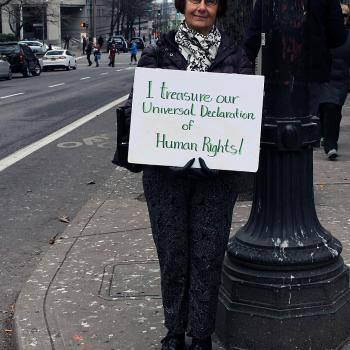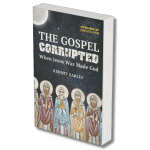Watching the latest Republican tap-dance to court “values voters,” it’s clear, once again, that “religion” and “tradition” are unsubtle code words for anti-LGBT politics. Faith-based political organizations like Iowa’s The Family Leader have so thoroughly occupied the language of faith and values, that even critics of their politics assume that traditional Christianity goes hand in hand with conservative sexual and gender politics. According to the way many people understand the politics of religion and sexuality, the more “traditional” a person’s faith, the more directly that faith demands opposition to LGBT rights.
So why is anti-homosexuality such an important litmus test for today’s values voters? That tradition owes more to relatively recent spokespersons like Anita Bryant and Jerry Falwell than it does to a millennium of anti-homosexual Christian teaching. The mid-1970s marked an important shift in the political face of Christianity, as Anita Bryant, Southern Baptist actress and beauty queen, stepped in as spokesperson for a Florida-based campaign to roll back gay rights. Thanks in part to Bryant and the “Save Our Children Campaign,” gay and lesbian residents of Florida still face laws and policies that consign them to second-class citizenship. Save Our Children also went on to target gay rights measures in localities across the United States, and it kickstarted the anti-gay rhetoric of a galvanizing New Right.
Read the rest here















